A bookmark displaying multiplication facts 1 to 12.
A bright set of multiplication facts bookmarks featuring all of the facts from 1 to 12. Print, cut, and fold these double-sided bookmarks.
Updated: 02 Jun 2023
A bookmark displaying multiplication facts 1 to 12.
Non-Editable: PDF
Pages: 8 Pages
Grades: 3 - 6
Understand division as an unknown-factor problem. For example, find 32 ÷ 8 by finding the number that makes 32 when multiplied by 8.
Fluently multiply and divide within 100, using strategies such as the relationship between multiplication and division (e.g., knowing that 8 × 5 = 40, one knows 40 ÷ 5 = 8) or properties of operations. By the end of Grade 3, know from memory all pr...
Identify arithmetic patterns (including patterns in the addition table or multiplication table), and explain them using properties of operations. For example, observe that 4 times a number is always even, and explain why 4 times a number can be decom...
Multiply one-digit whole numbers by multiples of 10 in the range 10-90 (e.g., 9 × 80, 5 × 60) using strategies based on place value and properties of operations.
Interpret a multiplication equation as a comparison, e.g., interpret 35 = 5 × 7 as a statement that 35 is 5 times as many as 7 and 7 times as many as 5. Represent verbal statements of multiplicative comparisons as multiplication equations.
Multiply a whole number of up to four digits by a one-digit whole number, and multiply two two-digit numbers, using strategies based on place value and the properties of operations. Illustrate and explain the calculation by using equations, rectangul...
Recall facts to multiply up to 10 by 10 with automaticity and recall the corresponding division facts;
Use strategies and algorithms, including the standard algorithm, to multiply a two-digit number by a one-digit number. Strategies may include mental math, partial products, and the commutative, associative, and distributive properties;
Use strategies and algorithms, including the standard algorithm, to multiply up to a four-digit number by a one-digit number and to multiply a two-digit number by a two-digit number. Strategies may include mental math, partial products, a...
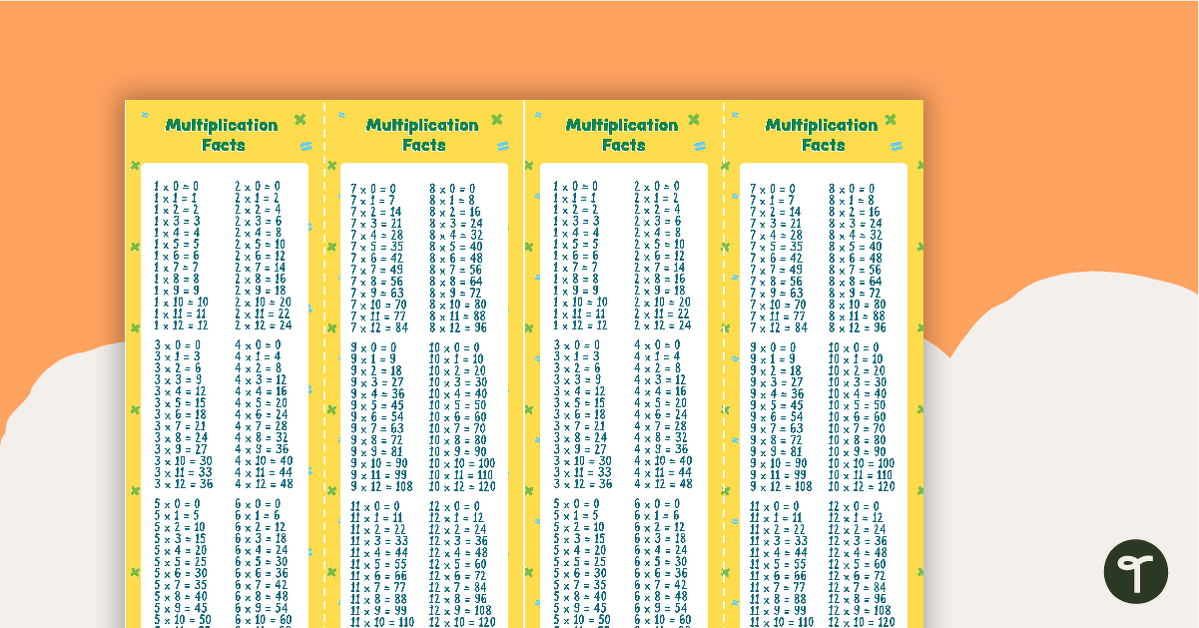
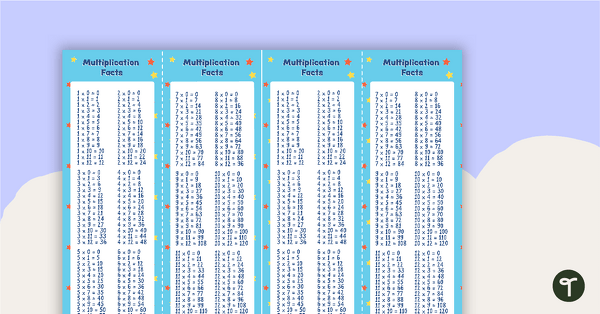
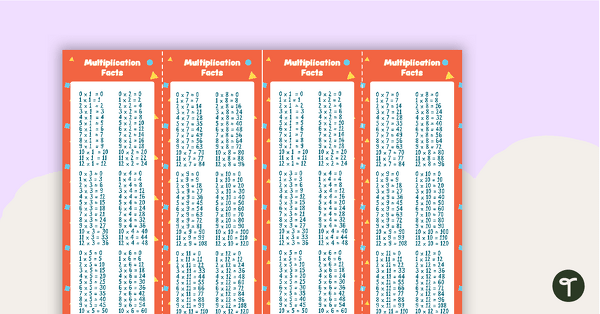
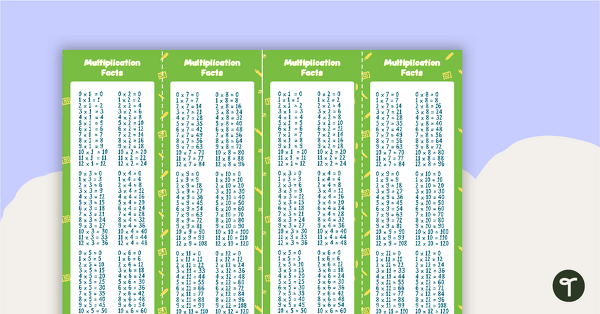
A bookmark displaying multiplication facts 1 to 12.
A bright set of multiplication facts bookmarks featuring all of the facts from 1 to 12. Print, cut, and fold these double-sided bookmarks.
Understand division as an unknown-factor problem. For example, find 32 ÷ 8 by finding the number that makes 32 when multiplied by 8.
Fluently multiply and divide within 100, using strategies such as the relationship between multiplication and division (e.g., knowing that 8 × 5 = 40, one knows 40 ÷ 5 = 8) or properties of operations. By the end of Grade 3, know from memory all pr...
Identify arithmetic patterns (including patterns in the addition table or multiplication table), and explain them using properties of operations. For example, observe that 4 times a number is always even, and explain why 4 times a number can be decom...
Multiply one-digit whole numbers by multiples of 10 in the range 10-90 (e.g., 9 × 80, 5 × 60) using strategies based on place value and properties of operations.
Interpret a multiplication equation as a comparison, e.g., interpret 35 = 5 × 7 as a statement that 35 is 5 times as many as 7 and 7 times as many as 5. Represent verbal statements of multiplicative comparisons as multiplication equations.
Multiply a whole number of up to four digits by a one-digit whole number, and multiply two two-digit numbers, using strategies based on place value and the properties of operations. Illustrate and explain the calculation by using equations, rectangul...
Recall facts to multiply up to 10 by 10 with automaticity and recall the corresponding division facts;
Use strategies and algorithms, including the standard algorithm, to multiply a two-digit number by a one-digit number. Strategies may include mental math, partial products, and the commutative, associative, and distributive properties;
Use strategies and algorithms, including the standard algorithm, to multiply up to a four-digit number by a one-digit number and to multiply a two-digit number by a two-digit number. Strategies may include mental math, partial products, a...

We create premium quality, downloadable teaching resources for primary/elementary school teachers that make classrooms buzz!
Would you like something changed or customised on this resource? While our team makes every effort to complete change suggestions, we can't guarantee that every change will be completed.
Did you spot an error on this resource? Please let us know and we will fix it shortly.
Are you having trouble downloading or viewing this resource? Please try the following steps:
If you are still having difficulty, please visit the Teach Starter Help Desk or contact us .
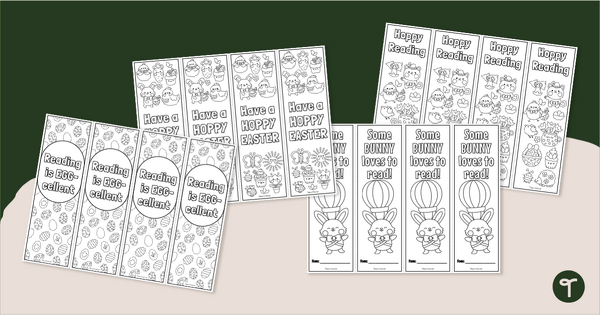
Hop into self-selected reading and inspire good reading habits with fun printable Easter bookmarks for kids!
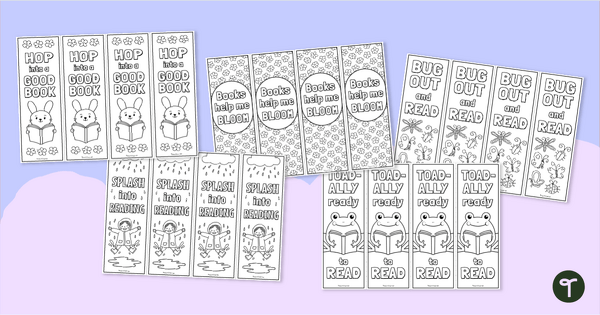
Inspire students to read this Spring season with a set of fun (and free) printable Spring Bookmarks.

Celebrate the new school year with these back-to-school bookmarks.

nspire mindfulness, creativity, and bring in the cozy Autumn vibes with a set of printable Fall Bookmarks for the classroom.
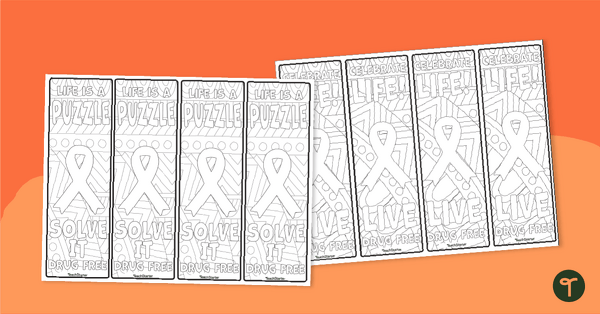
Use these Red Ribbon Week bookmarks as a fun art activity with your students.

Inspire creativity and positive reading habits with reading adventure-inspired printable coloring bookmarks.
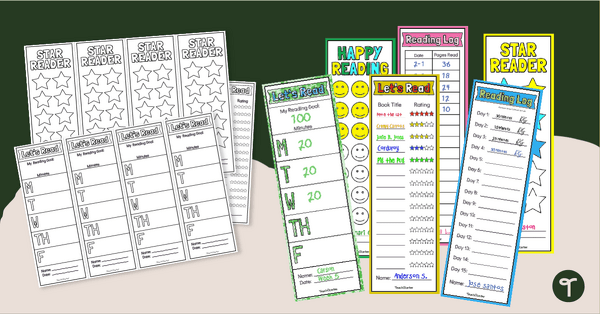
Motivate and track your students’ reading habits with our printable Reading Log Bookmark Templates.

Give students a chance to practice mindfulness and make reading even more enjoyable with their own unique printable cat bookmarks.
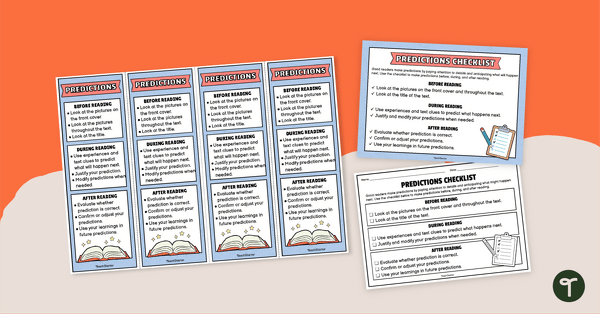
Support student comprehension with these Making Predictions Before, During and After Bookmarks.
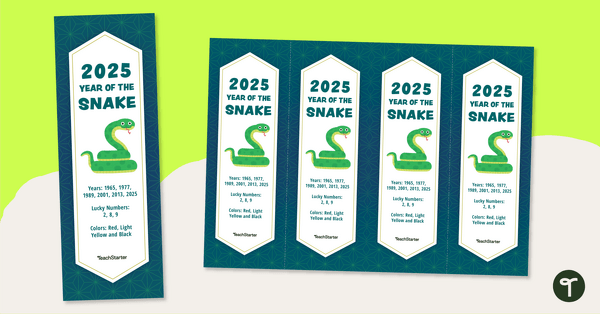
Celebrate the Lunar New Year with a bookmark printable that highlights the Year of the Snake, featuring lucky numbers, colors, and corresponding zodiac years.
0 Comments
Write a review to help other teachers and parents like yourself. If you'd like to request a change to this resource, or report an error, select the corresponding tab above.